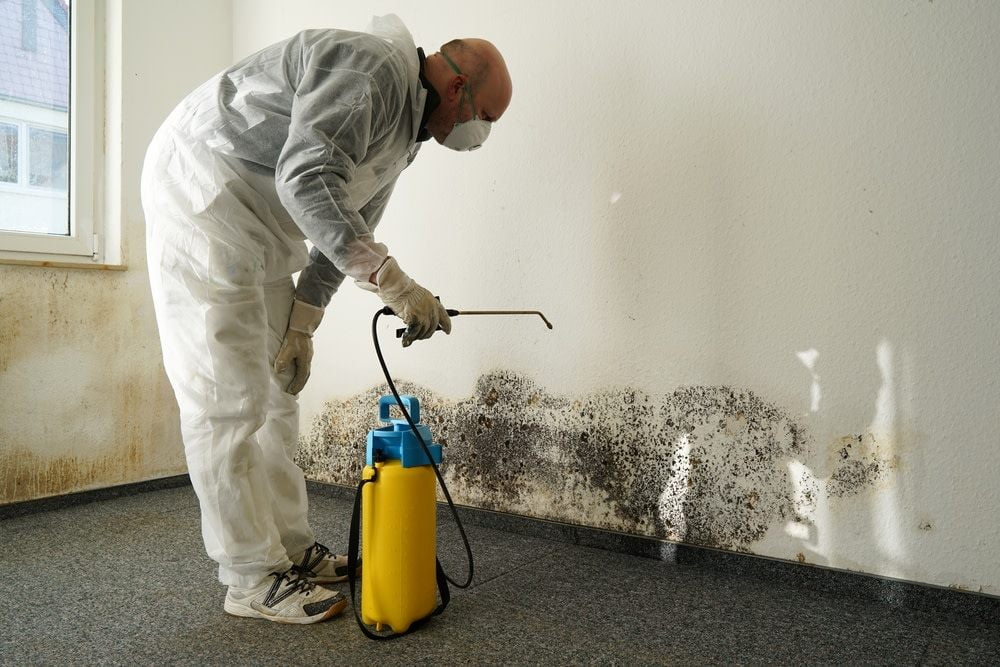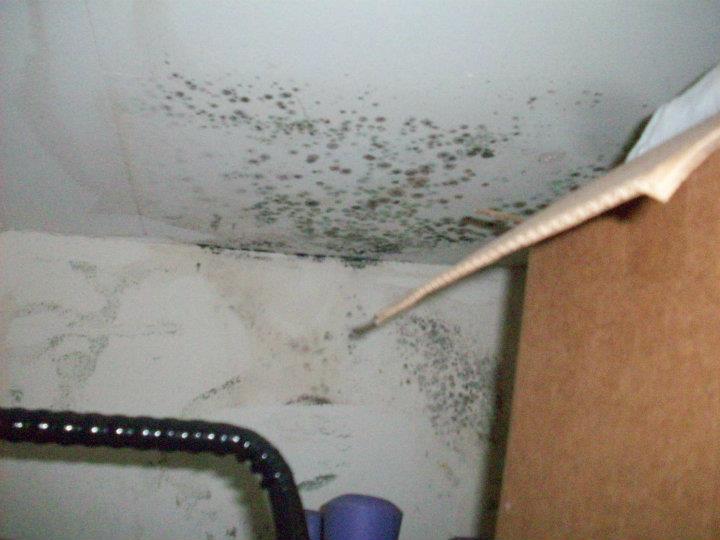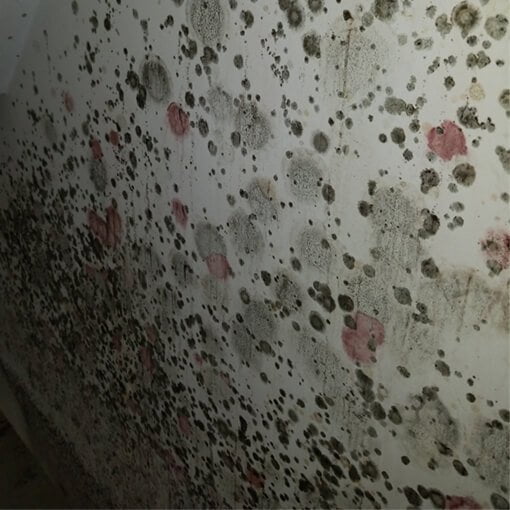Mold Begone: Effective Strategies that Kills Mold from Home
Living in a mold-free home isn’t just about aesthetics; it’s crucial for your health and well-being. Mold is a persistent problem that can affect homes of all sizes and types, leading to serious health issues and structural damage if left unchecked. Fortunately, with the right strategies and support from trusted professionals like Terry’s Cleaning & Restoration, achieving a mold-free environment is completely within reach.
In this comprehensive guide, we’ll explore everything you need to know about mold, from understanding its nature and the risks it poses to identifying signs of mold presence and effective prevention and strategies that kills mold. Whether you’re a homeowner or a renter, this guide is packed with practical tips and insights to help you create a healthy living space.
Introduction to Mold: Understanding the Basics
Mold is a type of fungus that thrives in moist environments. It reproduces through tiny spores, which can be found both indoors and outdoors. In homes, mold needs three key elements to grow: moisture, a food source such as organic materials (like wood or drywall), and a favorable temperature. Typically, molds prefer temperatures that are comfortable for humans, making homes ideal breeding grounds.
Addressing mold issues promptly is crucial. When left unchecked, mold can degrade your home’s structural integrity and pose severe health risks to its occupants. Often, mold grows in hidden areas where moisture accumulates, such as behind walls or under flooring. That’s why early detection and prevention are important in maintaining both your health and home value.
Acting quickly to resolve mold issues not only saves time and money but also ensures a safer environment for you and your loved ones. By implementing preventative measures and maintaining awareness of potential mold trouble spots, you’ll be well-equipped to keep mold at bay.

Mold Remediation
The Health Risks of Mold Exposure
Exposure to mold can lead to serious health problems, particularly for individuals with sensitive respiratory systems. Common symptoms include sneezing, runny nose, red eyes, and skin rashes. For those with asthma or allergies, mold exposure can exacerbate existing conditions and trigger asthma attacks.
Long-term mold exposure may contribute to chronic respiratory illnesses, immune system suppression, and even the development of chronic lung diseases. It’s important to recognize that some molds produce mycotoxins, toxic compounds that can pose additional health risks when inhaled or ingested over time.
Certain populations are more vulnerable to mold-related health issues. These include children, the elderly, and individuals with weakened immune systems or pre-existing health conditions. Ensuring a mold-free home is crucial to protecting the well-being of all household members, particularly those at higher risk.
Signs of Mold Presence in Your Home
Detecting mold early is key to preventing extensive damage and costly repairs. One of the most obvious signs of mold is its appearance. Mold often appears as black, green, or white spots in damp areas like bathrooms, kitchens, and basements. However, mold can also hide in less visible places, such as behind wallpaper or inside wall cavities.
A musty odor is another telltale sign of mold. This distinctive smell is often noticeable even before visible mold is detected. If your home consistently smells musty, it’s worth investigating further to locate the source of the odor.
In many cases, mold grows in hidden areas, making it difficult to spot with the naked eye. Common hidden mold locations include under carpets, behind appliances, and within HVAC systems. Regular inspections and maintenance are essential to uncovering and addressing these hidden mold threats.
Conducting a Mold Inspection: DIY vs. Professional Help
Conducting a thorough mold inspection can be done on your own or with the help of a professional. A DIY inspection involves checking common mold-prone areas for visible signs of mold and using your sense of smell to detect musty odors. Look closely at the places where moisture is likely to accumulate, such as bathrooms, kitchens, and basements.
While a DIY approach can be effective for minor mold issues, hiring a professional mold inspector offers several advantages. Professional mold removal service have the experience and tools necessary to identify mold problems, even in hard-to-reach areas. They can also conduct air quality tests to determine the presence of mold spores, providing a more comprehensive assessment.
For effective mold assessment, several tools and resources are available. Moisture meters and infrared cameras can help detect hidden moisture sources that contribute to mold growth. Additionally, DIY mold test kits can provide preliminary information about mold presence, though they should not replace a professional inspection.

Mold Inspection
Moisture Management: Key to Mold Prevention
Controlling indoor humidity levels is one of the most effective ways to prevent mold growth. Ideally, indoor humidity should be kept between 30-50%. High humidity creates the perfect conditions for mold to thrive, so monitoring and adjusting moisture levels is crucial.
There are several methods to control moisture in your home. Using dehumidifiers, improving ventilation systems, and utilizing air conditioning can significantly reduce humidity levels. In areas prone to excess moisture, such as bathrooms and kitchens, ensure adequate ventilation to allow moisture to escape.
Different seasons present unique challenges for moisture management. In winter, condensation on windows can lead to increased moisture levels, while summer’s high humidity requires additional ventilation. Being mindful of seasonal changes and adjusting your approach accordingly will help keep mold at bay year-round.
Cleaning and Removing Mold Safely
Safety is paramount when cleaning and removing mold. Always wear protective gear like gloves, goggles, and masks to protect yourself from mold spores. Ensuring proper ventilation during cleanup is essential to minimize airborne spore exposure.
For small-scale mold removal, DIY methods can be effective. Start by scrubbing the moldy area with soap and water, then use a mold-killing solution, such as vinegar or hydrogen peroxide, to disinfect the surface. For larger infestations, professional remediation is recommended to ensure thorough mold removal.
When choosing cleaning products, consider both natural and chemical options. Natural solutions, like vinegar and baking soda, are effective for minor mold issues and are environmentally friendly. Chemical solutions, such as bleach, can be used for more stubborn mold but should be handled with care to avoid harmful fumes.
Mold-Resistant Materials and Home Improvements
Incorporating mold-resistant materials into your home is a proactive step towards preventing mold growth. Mold-resistant drywall, paint, and insulation are designed to withstand moisture and discourage mold development. Consider using these materials, especially in high-moisture areas like bathrooms and basements.
Home renovations can also play a significant role in mold prevention. Upgrading bathroom ventilation systems, sealing leaks, and improving insulation can reduce moisture accumulation, minimizing the risk of mold growth. Regular maintenance, such as cleaning gutters and inspecting roofs, is essential to keep your home mold-free.
Investing in mold-resistant materials and implementing preventative upgrades will not only protect your home but also enhance its value. By taking these steps, you can enjoy a healthier, mold-free living environment.

Mold Growth
The Role of Air Quality in Mold Control
Indoor air quality is closely linked to mold growth. Poor air circulation and stagnant air create favorable conditions for mold to thrive. Enhancing indoor air quality can significantly reduce the likelihood of mold development.
Improving home ventilation and air circulation is crucial for mold control. Regularly open windows to allow fresh air to enter and use exhaust fans in bathrooms and kitchens to remove excess moisture. Ceiling fans and portable fans can also help circulate air throughout your home.
Air purifiers and regular HVAC maintenance are beneficial for reducing mold spores and improving indoor air quality. Air purifiers capture airborne mold spores, while clean HVAC systems ensure that air is distributed efficiently, minimizing mold growth risks.
Mold Remediation: When and How to Seek Professional Help
In some cases, professional mold remediation is necessary to address extensive mold issues. Signs that remediation is needed include large mold infestations, persistent mold growth despite cleaning efforts, and mold-related health concerns for household members.
During a professional mold remediation process, experts will assess the extent of the mold problem and develop a plan for safe and effective removal. This may involve sealing off affected areas, removing contaminated materials, and using specialized equipment to eliminate mold.
Choosing a trustworthy mold remediation service, like Terry’s Cleaning & Restoration, is essential for successful mold removal. Look for companies with experience, certifications, and positive customer reviews to ensure that your home receives the highest standard of care.
Building a Mold-Free Living Environment: Lifestyle Tips
Establishing daily habits can help prevent mold growth and maintain a mold-free home. Promptly dry wet items, clean and disinfect surfaces regularly, and check for leaks or water damage. Regular cleaning and maintenance are crucial to keeping mold at bay.
Pay special attention to high-risk areas like kitchens, bathrooms, and laundry rooms. Ensure that these spaces have adequate ventilation, and keep them dry and well-maintained. Regularly inspect these areas for signs of moisture or mold growth.
Seasonal checklists can help you stay organized and proactive in your mold prevention efforts. Use these checklists to conduct regular inspections, perform maintenance tasks, and adjust your moisture management strategies according to seasonal changes.
Conclusion Your Action Plan for a Mold-Free Home
Mold can be a persistent and dangerous problem, but with the right knowledge and strategies, you can protect your home and health. From understanding mold basics to implementing preventative measures, this guide has equipped you with the tools needed to tackle mold effectively.
Take proactive steps in mold prevention and removal to ensure a safe and healthy living environment for you and your loved ones. Remember, early detection and intervention are key to minimizing mold-related risks.
If you need professional support and guidance, contact Terry’s Cleaning & Restoration. Their team of experts is ready to help you maintain a mold-free home and enjoy peace of mind.
https://www.google.com/maps?cid=3599337546590963590

Recent Comments